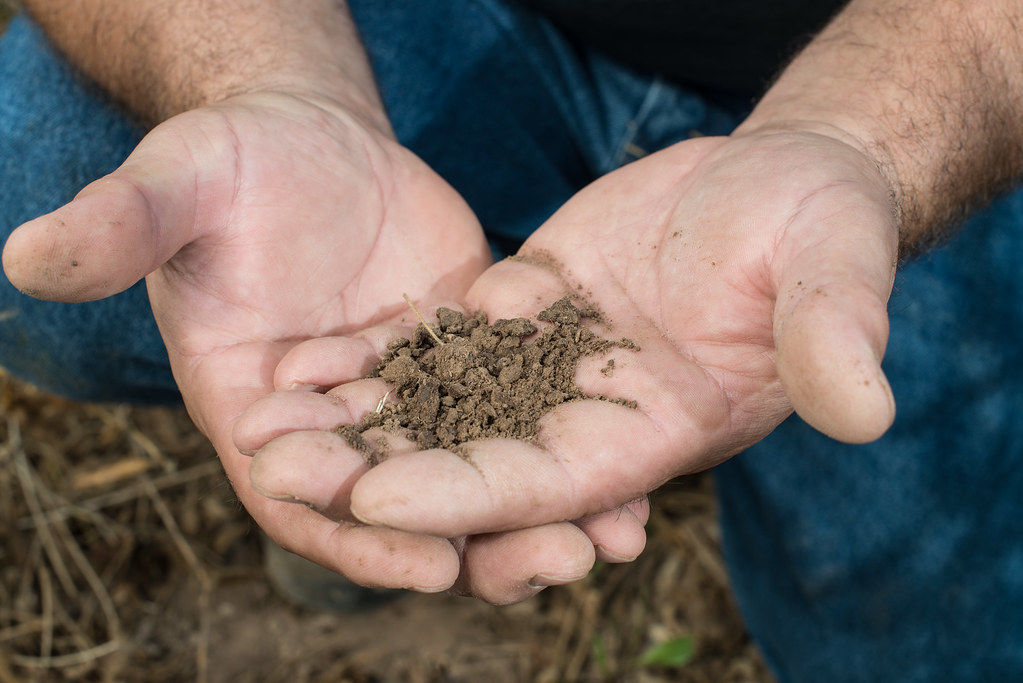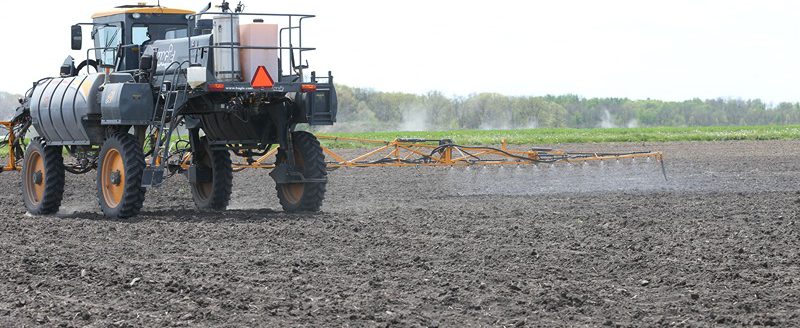Do they become “snowbirds” and relocate to warmer climates until spring? Do they hibernate like bears? Or do they continue to do the jobs they do so well, waiting for spring and fresh plantings to support?
In regenerative and biological farming, the fate of soil microbes during the winter months plays a crucial role in shaping the overall health and productivity of the soil. Traditional farming practices can undervalue soil health post-harvest, but regenerative approaches prioritize maintaining an active and diverse microbial community, even in the winter.
As the temperatures drop and the growing season ends, the microbial activity in the soil changes. Studies show that microbial activity in agricultural soils increases in the fall when compared to other growing seasons–likely due to an increased level of nutrients and soil organic matter from crop and plant residue post-harvest. Throughout the wintertime, or non-growing season, microbial activity and composition are thought to be stagnant, but stable. An increase in microbial activity occurs after the thawing of frozen soils and can be linked to the freeze-thaw cycle that colder climates experience.
During the colder months, soil freezes over, preventing air diffusion and creating anaerobic conditions for the microbial communities. This occurrence alters the soil community structure. In turn, this change causes an increase in denitrification, respiration, and production of greenhouse gases, which are trapped under the frozen layer. When temperatures begin to rise, the soil begins to thaw, enabling oxygen to enter the soil. This process provides labile carbon and other nutrients to the soil, which increases microbial activity and biomass. Additionally, when the soil thaws, the trapped greenhouse gases are released into the air. This exact dynamic between microbial activity and the FTC is still being debated due to different soil properties greatly affecting freeze/thaw rates and as researchers use different methodologies, making it difficult to compare results between studies.
The incorporation of cover crops is a key practice in regenerative agriculture during the winter months. These cover crops serve as a protective blanket for the soil, preventing erosion and providing a habitat for beneficial microbes. The roots of cover crops, left in the soil after harvest, create a network that sustains microbial life. Additionally, the above-ground biomass of cover crops can act as a carbon source, feeding soil microorganisms even when the primary crops are not actively growing.
The winter period becomes a time for microbial communities to thrive beneath the surface, breaking down organic matter, cycling nutrients, and enhancing soil structure. This activity sets the stage for a vigorous start to the next growing season. “A plant needs a tremendous amount of energy as it breaks dormancy. We should be building that plant up as much as we can, so it comes out swinging strong next season,” says August York, a noted agronomist based in California. “Farmers need to give it more momentum, so it goes into next year at a faster pace.”
Jim Ladlie, who holds a doctorate in crop science and has been in the agriculture industry for more than 30 years, says that when soils are fed well after harvest, growth emerges sooner and more vigorously the next spring, leading to a robust start to the season. He also said that for anyone who fertilizes with products that feed the microbes, soils and plants remain strong throughout the winter, as proven by field studies conducted by Rodale Institute, The Ohio State University, and the U.S. Department of Agriculture. By promoting the health of these microbial populations, regenerative farmers ensure that the soil remains alive and resilient, ready to support plant growth when conditions become favorable again.
In contrast to conventional thinking that might view winter as a dormant period for the soil, regenerative farming recognizes it as a crucial phase in the continuous cycle of soil regeneration. The proactive management of soil health during winter pays dividends in the form of improved nutrient availability, reduced pest and disease pressure, and overall enhanced soil fertility come spring. This holistic approach to soil care during the winter months aligns with the overarching principles of regenerative agriculture—working with, rather than against, the natural processes that sustain life in the soil.




